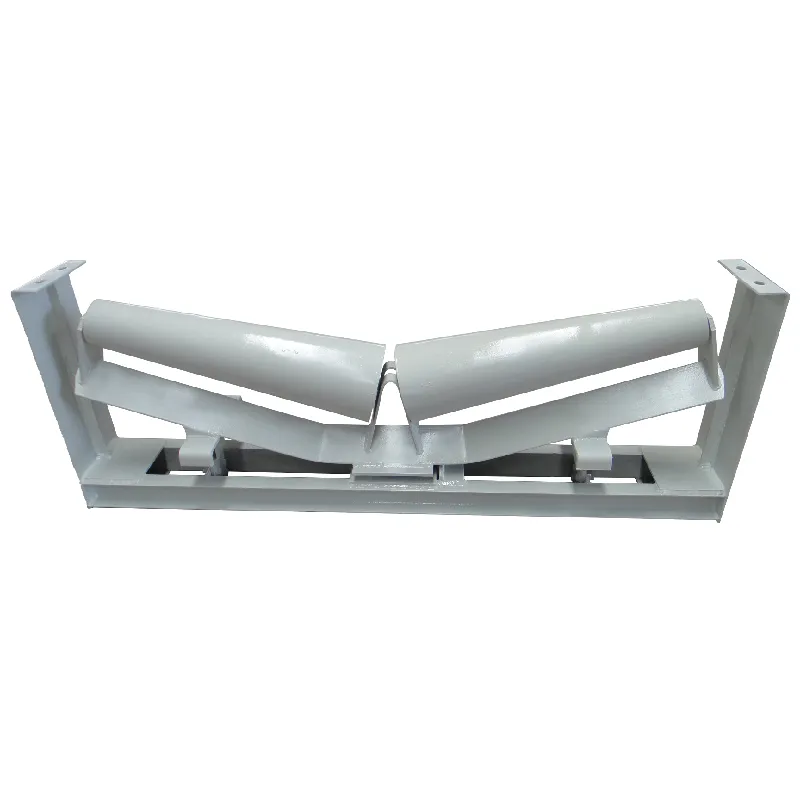 Afrikaans
Afrikaans  Albanian
Albanian  Amharic
Amharic  Arabic
Arabic  Armenian
Armenian  Azerbaijani
Azerbaijani  Basque
Basque  Belarusian
Belarusian  Bengali
Bengali  Bosnian
Bosnian  Bulgarian
Bulgarian  Catalan
Catalan  Cebuano
Cebuano  Corsican
Corsican  Croatian
Croatian  Czech
Czech  Danish
Danish  Dutch
Dutch  English
English  Esperanto
Esperanto  Estonian
Estonian  Finnish
Finnish  French
French  Frisian
Frisian  Galician
Galician  Georgian
Georgian  German
German  Greek
Greek  Gujarati
Gujarati  Haitian Creole
Haitian Creole  hausa
hausa  hawaiian
hawaiian  Hebrew
Hebrew  Hindi
Hindi  Miao
Miao  Hungarian
Hungarian  Icelandic
Icelandic  igbo
igbo  Indonesian
Indonesian  irish
irish  Italian
Italian  Japanese
Japanese  Javanese
Javanese  Kannada
Kannada  kazakh
kazakh  Khmer
Khmer  Rwandese
Rwandese  Korean
Korean  Kurdish
Kurdish  Kyrgyz
Kyrgyz  Lao
Lao  Latin
Latin  Latvian
Latvian  Lithuanian
Lithuanian  Luxembourgish
Luxembourgish  Macedonian
Macedonian  Malgashi
Malgashi  Malay
Malay  Malayalam
Malayalam  Maltese
Maltese  Maori
Maori  Marathi
Marathi  Mongolian
Mongolian  Myanmar
Myanmar  Nepali
Nepali  Norwegian
Norwegian  Norwegian
Norwegian  Occitan
Occitan  Pashto
Pashto  Persian
Persian  Polish
Polish  Portuguese
Portuguese  Punjabi
Punjabi  Romanian
Romanian  Russian
Russian  Samoan
Samoan  Scottish Gaelic
Scottish Gaelic  Serbian
Serbian  Sesotho
Sesotho  Shona
Shona  Sindhi
Sindhi  Sinhala
Sinhala  Slovak
Slovak  Slovenian
Slovenian  Somali
Somali  Spanish
Spanish  Sundanese
Sundanese  Swahili
Swahili  Swedish
Swedish  Tagalog
Tagalog  Tajik
Tajik  Tamil
Tamil  Tatar
Tatar  Telugu
Telugu  Thai
Thai  Turkish
Turkish  Turkmen
Turkmen  Ukrainian
Ukrainian  Urdu
Urdu  Uighur
Uighur  Uzbek
Uzbek  Vietnamese
Vietnamese  Welsh
Welsh  Bantu
Bantu  Yiddish
Yiddish  Yoruba
Yoruba  Zulu
Zulu Trough Rollers for Efficient Conveyor Systems and Material Handling Solutions
Understanding Conveyor Trough Rollers Essential Components for Efficient Material Handling
Conveyor trough rollers are crucial components of conveyor systems used in various industries, including mining, manufacturing, and logistics. These rollers facilitate the smooth movement of materials, ensuring efficient and reliable operations. This article will explore the significance, design, and applications of conveyor trough rollers.
What Are Conveyor Trough Rollers?
Conveyor trough rollers are cylindrical components that support conveyor belts as they transport materials. They are typically mounted on a frame, forming a trough-shaped structure that helps contain and guide the materials being moved. These rollers are designed to reduce friction, allowing the conveyor belt to operate smoothly and efficiently.
Importance of Conveyor Trough Rollers
1. Reduced Friction One of the primary functions of trough rollers is to minimize friction between the conveyor belt and the material being transported. By providing a smooth surface for the belt to glide over, these rollers help extend the life of the conveyor system and improve energy efficiency.
2. Material Control The trough shape of the rollers helps in controlling the flow of materials, preventing spillage and ensuring that the load remains stable during transit. This containment is particularly important in industries dealing with loose materials such as coal, gravel, and ores.
3. Load Distribution Conveyor trough rollers aid in evenly distributing the weight of the materials across the belt. This load distribution minimizes wear and tear on both the belt and the conveyor hardware, leading to lower maintenance costs and enhanced system longevity.
Design Considerations
The design of conveyor trough rollers is critical for their performance
. They come in various sizes, materials, and loading capacities to accommodate different applications. Common materials used for roller construction include steel, aluminum, and sometimes plastic, depending on the environment and the nature of the materials being transported.conveyor trough rollers

Types of Conveyor Trough Rollers
1. Plain Rollers These are the most common type and consist of a simple cylindrical design. They are typically used in applications where the material does not have adhesive properties and does not require additional support or containment.
2. Idler Rollers Idler rollers provide additional support to the conveyor belt and help guide it along the correct path. They are essential in ensuring that the belt remains aligned and functionally efficient during operation.
3. Guard Rollers These are used to prevent material spillage and ensure that materials do not derail. They function as a protective barrier, especially in high-speed applications.
Applications of Conveyor Trough Rollers
Conveyor trough rollers find applications across various sectors
- Mining Used extensively to transport bulk materials like coal, ores, and minerals from extraction points to processing facilities. - Manufacturing Integral in assembly lines and material handling systems that require the movement of parts and finished goods.
- Logistics and Warehousing Used in conveyor systems for sorting and transporting packages, helping streamline operations in fulfillment centers.
Conclusion
Conveyor trough rollers are indispensable components that play a critical role in the efficiency and effectiveness of conveyor systems. Their ability to minimize friction, control material flow, and distribute loads makes them vital in various industries. As technology evolves, the design and materials used for these rollers continue to improve, promising even greater efficiency and reliability in future applications. Understanding their importance ensures that industries can maintain productivity while reducing operational costs.
-
Revolutionizing Conveyor Reliability with Advanced Rubber Lagging PulleysNewsJul.22,2025
-
Powering Precision and Durability with Expert Manufacturers of Conveyor ComponentsNewsJul.22,2025
-
Optimizing Conveyor Systems with Advanced Conveyor AccessoriesNewsJul.22,2025
-
Maximize Conveyor Efficiency with Quality Conveyor Idler PulleysNewsJul.22,2025
-
Future-Proof Your Conveyor System with High-Performance Polyurethane RollerNewsJul.22,2025
-
Driving Efficiency Forward with Quality Idlers and RollersNewsJul.22,2025





























